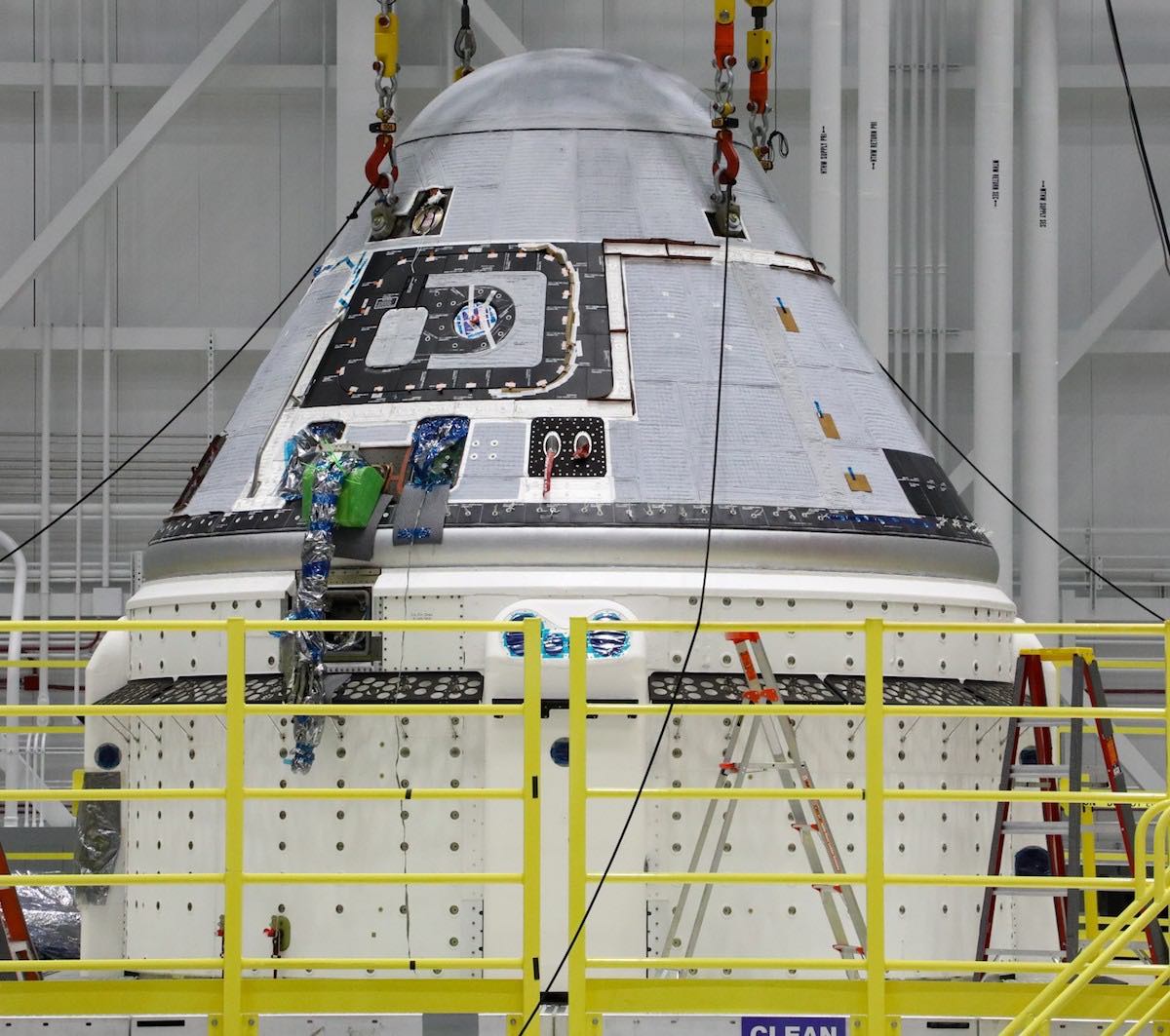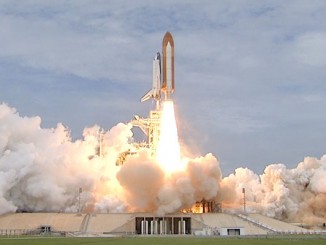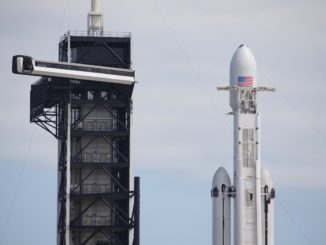
An unpiloted test flight of Boeing’s Starliner crew capsule to the International Space Station will be delayed from its previous target launch date of April 2 until at least May, after the arrivals of Russian Soyuz and SpaceX Crew Dragon ships bringing fresh crew members to the orbiting complex, NASA officials said Monday.
Steve Stich, NASA’s commercial crew program manager, said Monday that the launch of Boeing’s Starliner capsule on its second Orbital Flight Test will be postponed from its previous target launch date of no earlier than April 2.
“We are going to have to move off that April 2 date, and we’re continuing to evaluate options,” Stich said. “The vehicle was really coming together. We had a little bit of a power-up anomaly with some avionics components. The Boeing and NAsA team worked really well to get those components reinstalled and checked out, and that was completed over the weekend. But we did lose some time with the weather in Houston.”
Stich said the winter storm in Texas, which knocked out power and water for millions of Texans, impacted a Boeing facility in Houston used for software testing.
“We lost about a week in time, and it affected their facility that does software testing,” Stich said. “So we’re in the process of working hand-in-hand with Boeing to figure out when the OFT-2 flight will be.”
NASA has multibillion-dollar contracts with SpaceX and Boeing for commercial crew missions to the space station.
The first Starliner Orbital Flight Test in December 2019 failed to dock with the space station due to a software problem shortly after launch. Boeing engineers finished software qualification for the OFT-2 mission earlier this year, pending final end-to-end testing that was supposed to occur in February. The winter storm in Texas prevented that from happening.
Two factors are working against Boeing and NASA teams looking to reschedule the OFT-2 launch.
A Russian Soyuz capsule is set for launch April 9 from the Baikonur Cosmodrome in Kazakhstan with two Russian cosmonauts and a U.S. astronaut. The Soyuz MS-18 spacecraft will dock with the space station about three hours after launch, and an outgoing three-person crew will depart and return to Earth on April 17.
SpaceX’s next Crew Dragon flight to the space station is set for launch from NASA’s Kennedy Space Center in Florida around April 20 with astronauts Shane Kimbrough, Megan McArthur, Akihiko Hoshide, and Thomas Pesquet. Their mission, known as Crew-2, will last about six months.
The four astronauts who flew to the station last November on the Crew-1 mission — aboard the Crew Dragon “Resilience” spacecraft — will return to Earth in late April or early May. Both docking ports capable of receiving the Boeing Starliner capsule will be occupied during the crew handover in late April.
The Soyuz and Crew Dragon missions in April are expected to take priority over the Starliner test flight. But NASA is eager to get the Starliner flying to the space station, which will give the agency two independent U.S. providers capable of ferrying crews to the orbiting research lab, and ease NASA’s reliance on Russian Soyuz missions for crew transportation services.
Until the Starliner is operational, the Soyuz will remain NASA’s backup for crew access to the space station. NASA is finalizing a deal to secure a seat on the Soyuz spacecraft launching in April and returning to Earth this fall.
In the long run, NASA wants to continue flying astronauts on Soyuz missions in a no-funds-exchanged agreement with Roscosmos, the Russian space agency. Under such an arrangement, NASA will provide Russian cosmonauts seats on U.S. spacecraft flying to the space station. The seat-sharing agreement will ensure a U.S. astronaut and a Russian cosmonaut are always on the space station to operate critical systems, even if the Crew Dragon, Starliner, or Soyuz are grounded or face delays.
The Starliner will lift off aboard a United Launch Alliance Atlas 5 rocket from Cape Canaveral. ULA’s launch schedule after April booked with three missions for the U.S. Space Force, beginning a launch scheduled in May with the military’s fifth Space Based Infrared System Geosynchronous, or SBIRS GEO, early warning satellite.
A mission for the military’s Space Test Program and the launch of two military space surveillance satellites are scheduled for mid-year and in August. Boeing has booked a slot in September for the next Starliner test flight — the first to carry astronauts — and NASA has an asteroid probe assigned to launch on an Atlas 5 mission in October.
Something will have to move if the Starliner’s second Orbital Flight Test is to launch later this spring, and it was not immediately clear when Boeing, ULA, and NASA might find a launch slot for the OFT-2 mission.
“It’s a very busy timeframe on the space station with the Soyuz mission and then Crew-2, and then it’s a busy time on the range, so we’re working hand-in-hand with Boeing to figure out when that launch will be. We’ll just have to stand by for further developments on exactly when that flight will be,” Stich said.
Email the author.
Follow Stephen Clark on Twitter: @StephenClark1.



